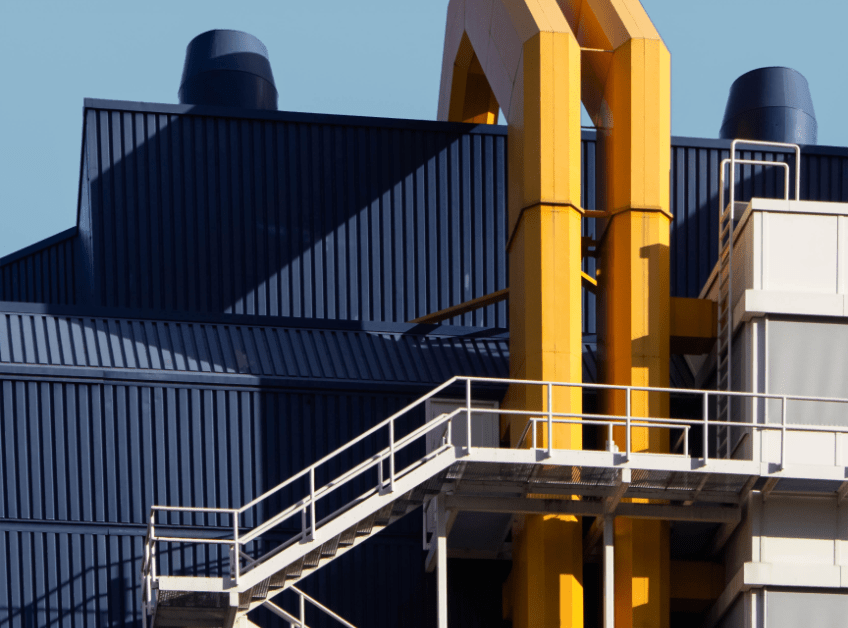How BIMobject helps the construction industry reduce its CO2 emissions

Please start by telling us what BIMobject does and what opportunities you see to make it easier for customers who prioritise sustainability – and how this is reflected in business opportunities for you.
To understand BIMobject’s possibilities, one must first understand BIM – Building Information Modeling. It is a new standard in digital design and construction of buildings. BIM is based on making a digital model of a building before constructing it, which means that you can both make smarter (and greener) decisions already in the design phase, e.g. switch to a more durable facade construction. In this way, you can also streamline the construction itself, which creates better buildings and less waste in the construction process.
BIM is today a requirement in most European countries when constructing a public building, and also in many other places in the world. Why? Because the construction and maintenance of buildings accounts for 40% of the world’s carbon dioxide emissions. Building more sustainably and designing buildings that create less emissions during their lifetime are crucial to achieving climate goals. States and local authorities use the requirement as a way to drive a sustainable transformation of the construction industry.
Sustainability is also about aspects other than emissions. Digital design makes it easier to create buildings that are good for the people in them – lighting, indoor climate, etc. It is something that all customers see a value in.
In concrete terms – what do you deliver today and in the future that helps your users work more sustainably?
BIM is based on digital design. You can compare it with Lego, The Sims or Minecraft “for real”, where the model is built together of a lot of different components. A component can be a door, a window, floor, etc. but also mechanical or electrical parts. So when you work with BIM, you need lots of files (BIM objects) to build with. We have the world’s largest library of BIM objects, with 100 of the world’s 100 largest architectural firms as our users. So we are a necessary component for BIM to be able to be implemented and for the digitalisation of the construction industry to take place.
One of our focus areas is to help architects and engineers focus more on sustainability. It can be anything from providing information about a certain product’s CO2 footprint during the life cycle, to making it easy to search for environmentally classified products, to inspiring more sustainable construction.
Architects, builders and clients then get a clear picture of how different choices affect the company’s emissions throughout the life cycle.
Who would you say drives the demand for more sustainable solutions in your industry? Your customers, your partners or your customers’ customers?
You probably basically say “the world”. Our customers – manufacturers of construction products – are absolutely environmentally conscious, but the construction industry has a problem with sustainability. But people are becoming increasingly aware of the emissions problems the world is facing. Green is a new wave, in everything from travel to consumption and it is gradually making an impact in the construction industry as well. It also puts a political focus on sustainability – take e.g. Copenhagen, where it has been announced that it wants to become the world’s first CO2-neutral capital as early as 2025.
As a listed company, how do you perceive the market’s view of your role in sustainability?
We do not think this is something the market has understood at all, but it is not their fault – outside the construction industry, BIM is probably not an everyday concept – but it is about us having to clarify our communication.


